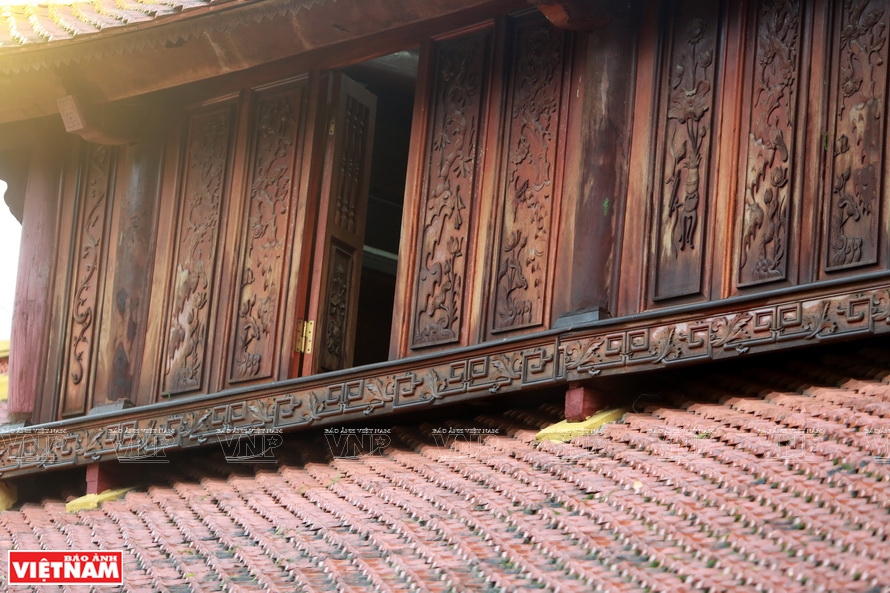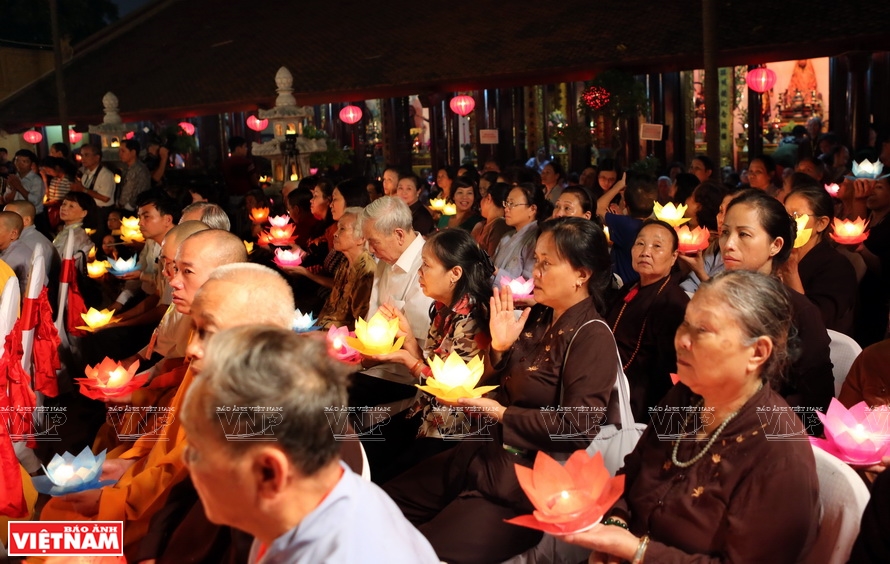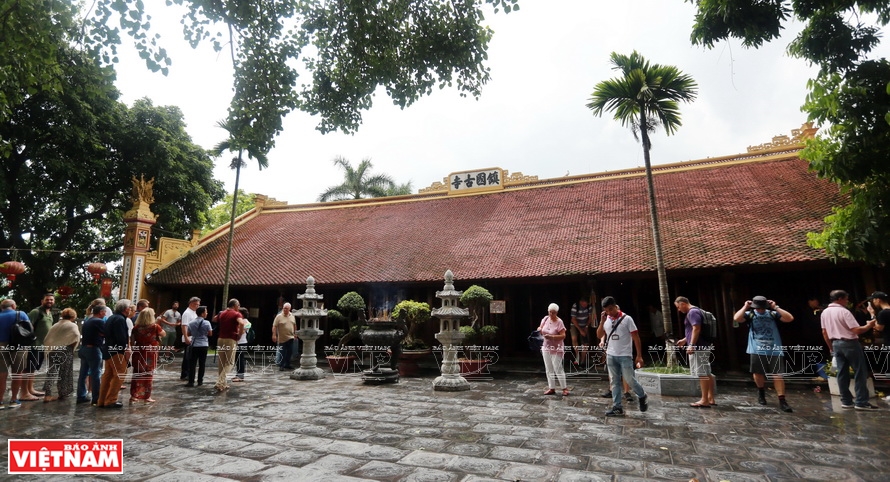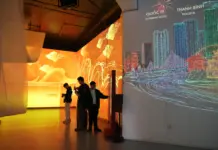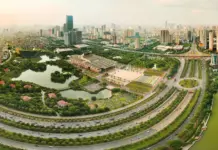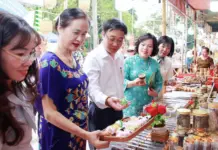The Tran Quoc Pagoda served as a prominent Buddhist hub in Thang Long, previously known as Hanoi. It was frequented by kings from the Ly and Tran dynasties during special occasions such as the lunar new year (Tet) and various festive celebrations.
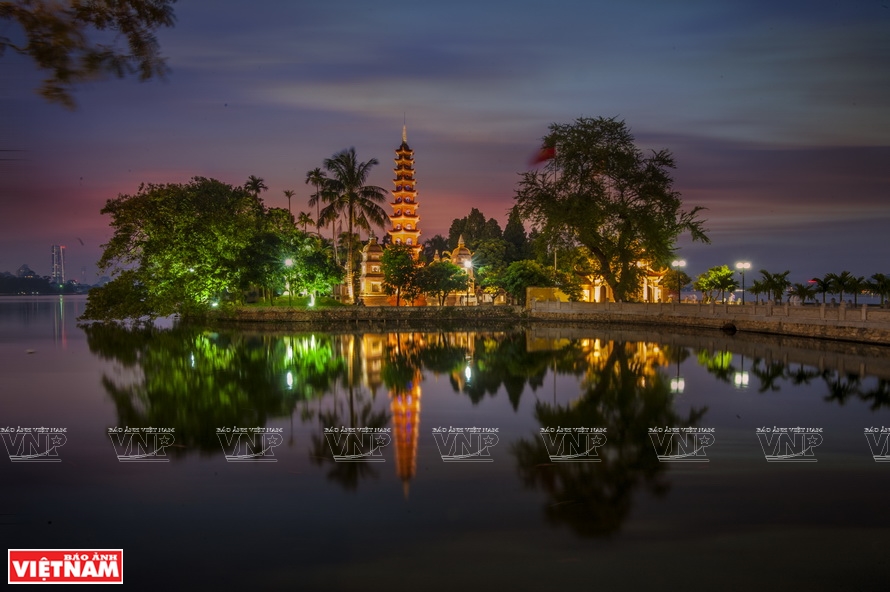 Tran Quoc pagoda looks like a lotus blooming in the middle of West lake. Photo: An Nhien 
Tran Quoc Pagoda is considered the oldest pagoda in Hanoi.
Architectural patterns bear Vietnamese cultural traits.
|
The pagoda continues to hold a ritual on the night of the lunar New Year’s Eve to pray for peace and prosperity for the country. This sacred ritual, which is open to both Buddhist followers and visitors, is the most significant service conducted by the pagoda throughout the year.
| In 2016, Tran Quoc was ranked by the UK’s Daily Mail as one of the 16 “most mesmerizing pagodas” in the world. |
Tran Quoc showcases the quintessential Buddhist architectural style, featuring three prominent buildings: Tien Duong (front house), Nha thieu huong (incense burning house), and Thuong Dien (upper house). These buildings are intricately interconnected, forming the script “Cong” (工), offering visitors a unique and fascinating experience.
Adjacent to the upper house is Gac Chuong, a three-part house situated along the pathway leading to the main hall.
The pagoda boasts a magnificent red temple with eleven stories, crowned by a splendid nine-story lotus tower adorned with gemstones. Each story of the temple, standing at a height of 15 meters, is adorned with six gemstone statues of Amitabha Buddha. Notably, the construction of the lotus tower aligns perfectly with the historic bodhi tree gifted by Indian President Prasad in 1959.
Tran Quoc, renowned for its breathtaking scenery and significant architectural, historical, and cultural merits, has earned the esteemed designation as the 10th historical structure of Indochina by the prestigious French School of the Far East.

